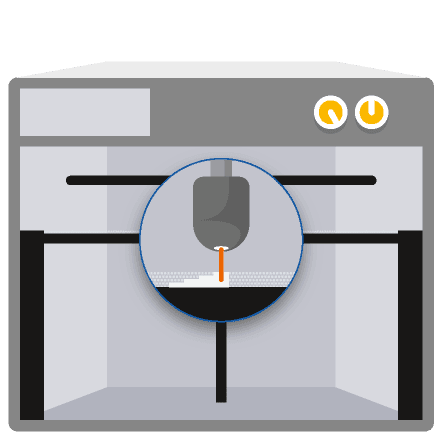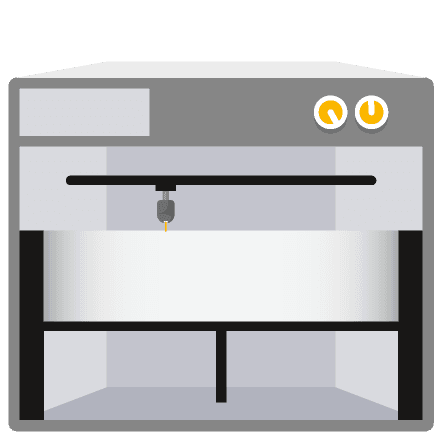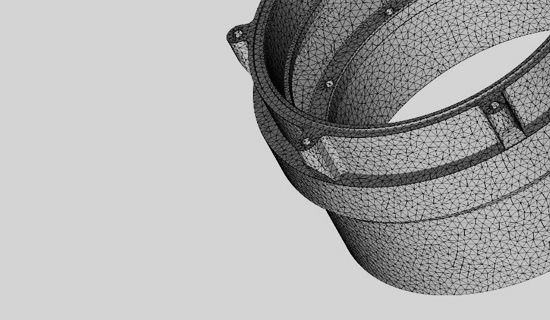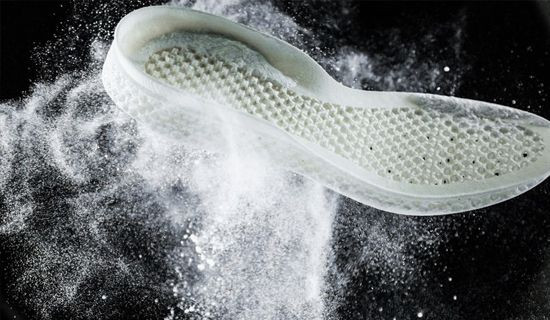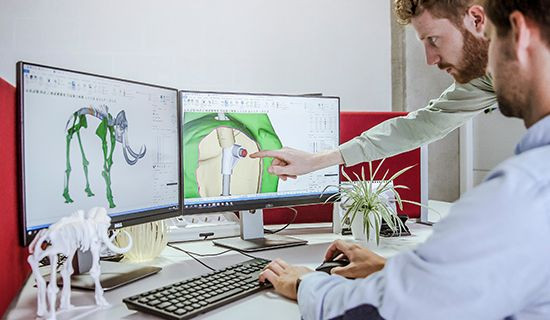PA-AF is a blend of aluminum powder and polyamide powder, which allows metallic-looking, non-porous components to be machined easily and is resistant to high temperatures (130°C). Typical applications include parts for wind tunnel testing in the automotive industry, small production runs, jig manufacturing, education and illustrative models with a metallic appearance.
Technical Specifications
| Standard lead time | Minimum of 4 working days, depending on part size, number of components and finishing degrees (offline orders) 7 working days (online orders) |
| Standard accuracy | ±0.3% (with lower limit on ±0.3 mm) |
| Layer thickness | 0.15 mm |
| Minimum wall thickness | 1 mm |
| Minimum detail | 0.3 mm |
| Minimum clearance | 0.6 mm between parts that need to be assembled 0.5 – 0.6 mm between shells of an interlocking part |
| Maximum part dimensions | 630 x 330 x 550 mm (online & offline orders) |
| Interlocking or enclosed parts? | Yes |
| Surface structure | Unfinished parts typically have a grainy surface but all kinds of fine finishes are possible. Laser-sintered parts can be sandblasted, colored/impregnated, painted, covered and coated. |
Datasheet
| MEASUREMENT | VALUE | STANDARD |
|---|---|---|
| Density | 1.36 ±0.05 g/cm³ | |
| Tensile Strength | 48 ±3 MPa | DIN EN ISO527 |
| Tensile Modulus | 3800 ±150 MPa | DIN EN ISO527 |
| Flexural Modulus | 3600 ±150 MPa | DIN EN ISO178 |
| Charpy – Impact strength | 29 ±2 kJ/m² | DIN EN ISO179 |
| Charpy – Notched Impact Strength | 4.6 ±0.3 kJ/m² | DIN EN ISO179 |
| Shore D/A-hardness | D76 ±2 | DIN 53505 |
| Heat Deflection Temperature | 130 °C | ASTM D648 @ 1.82 MPa |
| Elongation at Break | 3.5 ±1% | DIN EN ISO527 |
Actual values may vary with build condition
How Does Laser Sintering Work?
Laser Sintering is a laser-based technology that uses solid powder materials, typically plastics. A computer-controlled laser beam selectively binds together particles in the powder bed, by raising the powder temperature above the glass transition point after which adjacent particles flow together. As the powder is self-supporting, no support structures are necessary.


